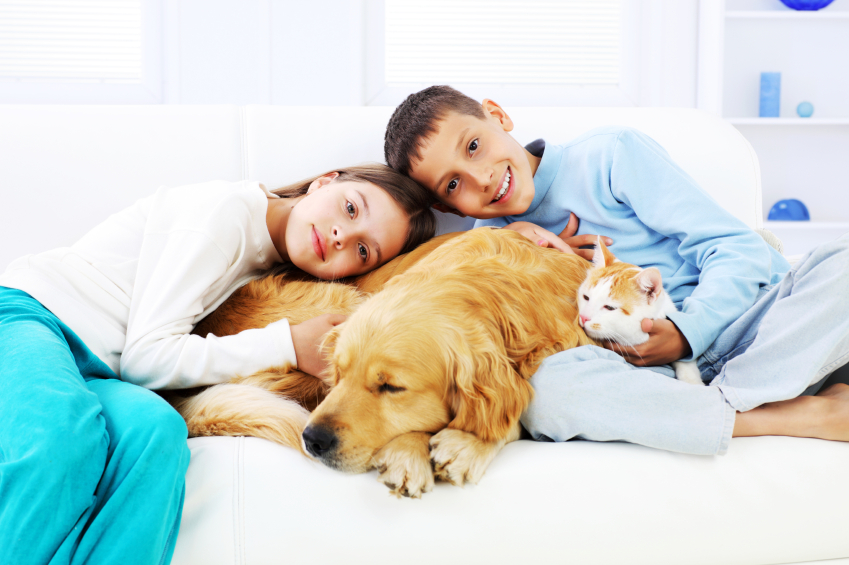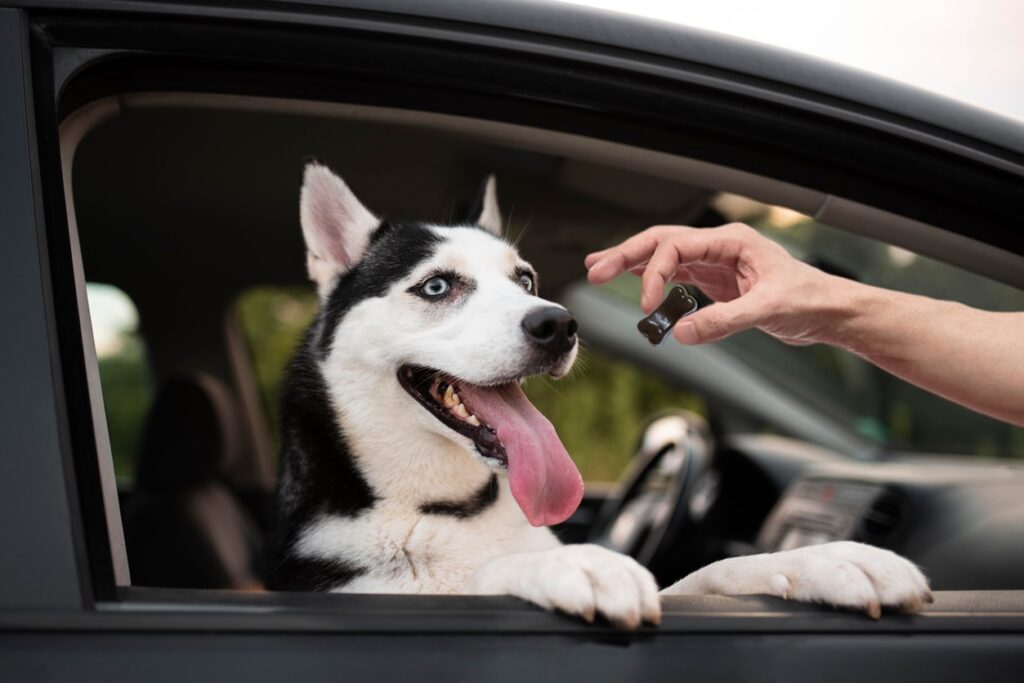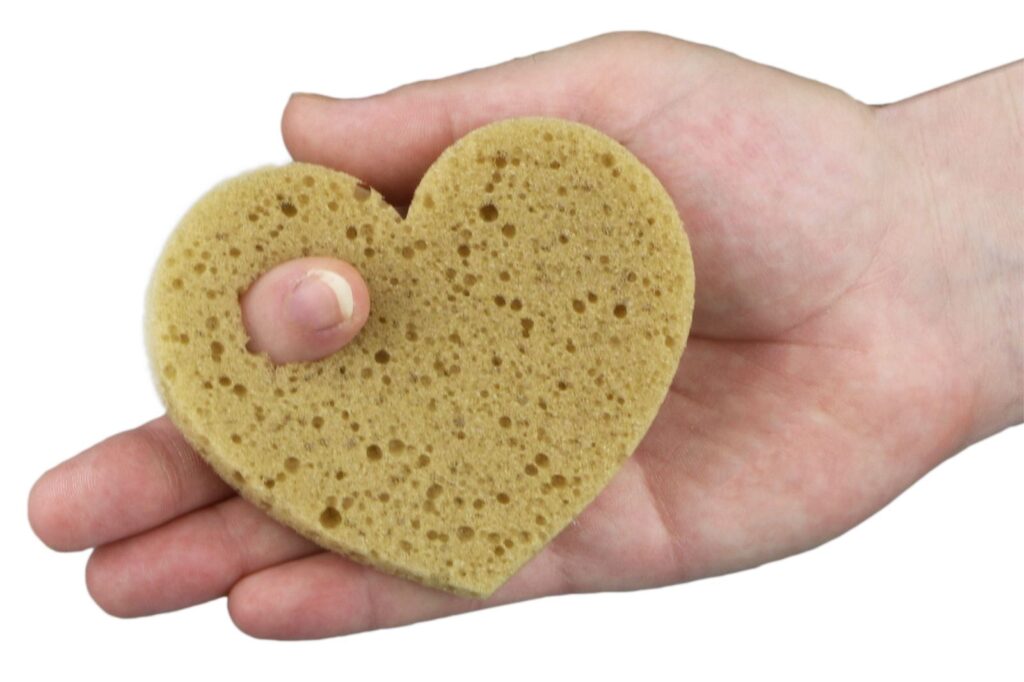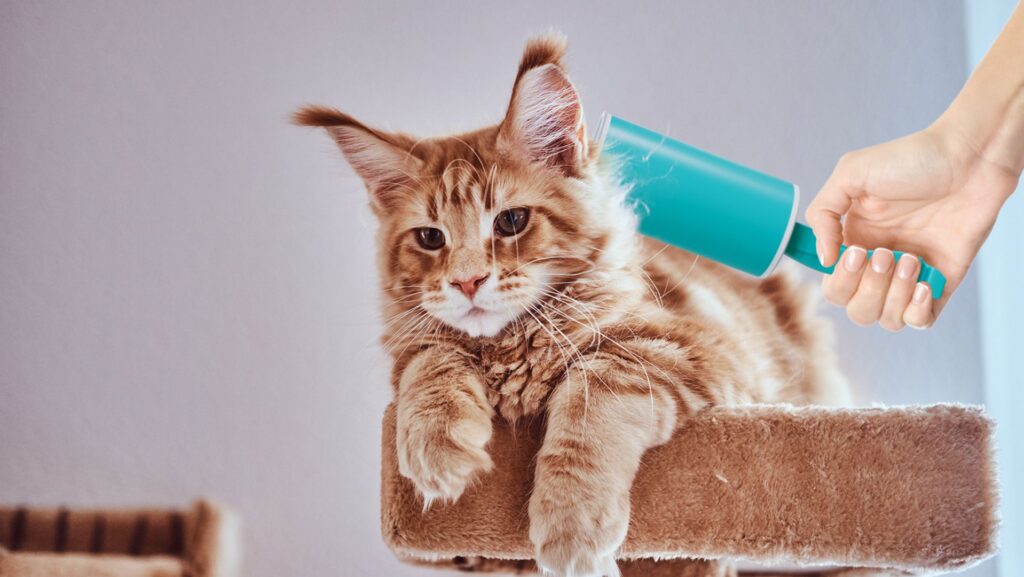Regardless of the length of the hair, brushing your dog brings with it countless benefits. Indeed, brushing, if done with the right tools, helps to stimulate the production of natural oils, moisturise the hair and reduce shedding. Not only that: it is also a great way to check for any changes in the hair or skin, such as lumps, bumps or irritations so that you can then ask your vet for an assessment.
But how is dog brushing done, and how often should it be done?
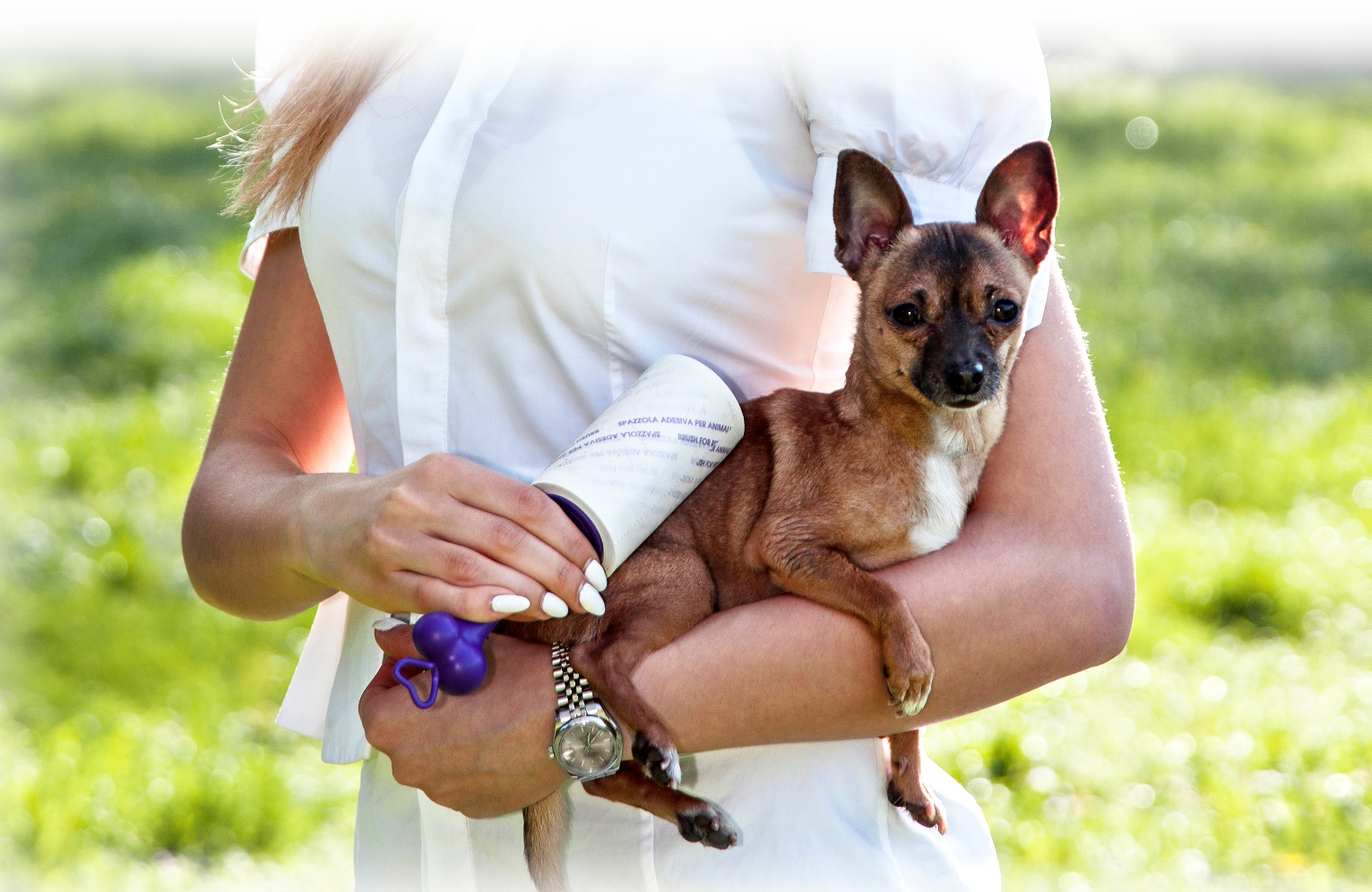
Dog hair, why it is important
A dog’s coat protects its skin from the sun’s rays, reducing the risk of sunburn, irritation, erythema and dryness. Contrary to popular belief, it is not true that dogs should be sheared in summer because they would otherwise suffer from the heat. On the contrary: the coat protects it from heat and cold, and its degree of thermal insulation is all the greater, the thicker the coat.
The reason is quickly stated: dogs do not sweat, as they do not have sweat glands scattered all over their bodies. They are in fact warm-blooded animals, capable of maintaining a constant temperature in all weather conditions. In order to get rid of accumulated heat, they pant, as this increases lung ventilation and cools them down.
What is the coat for, then? The dog’s coat consists of two layers: the undercoat, which is soft and woolly, retains heat; the longer, harder coat, the surface coat, protects the skin from the sun’s rays. Furthermore, there are coat types generally typical of Nordic dogs that are not only heat-insulating but are also waterproof and can protect the dog from brambles and dirt.
Types of dog hair
The types of dog hair differ substantially according to length:
- bare (hairless): the thin, soft skin is pigmented black – e.g. Chinese Crested Dog;
- satin or smooth (5 to 15 mm): thin, short and dense – e.g. Doberman;
- short (15 mm – 4 cm): smooth, straight and hard – e.g. German Shepherd;
- semi-long (4 to 7 cm): variable, from silky to wavy – e.g. Yorkshire;
- long (over 7 cm): variable, from smooth to cordate – e.g. Komondor.
In addition to having a certain length, the dog’s hair can be:
- hard;
- rough;
- heterogeneous (⅔ hard and ⅓ soft);
- woolly;
- smooth;
Each type of hair requires its own care and special brushing tools.
Brushing the dog’s coat: why it is important
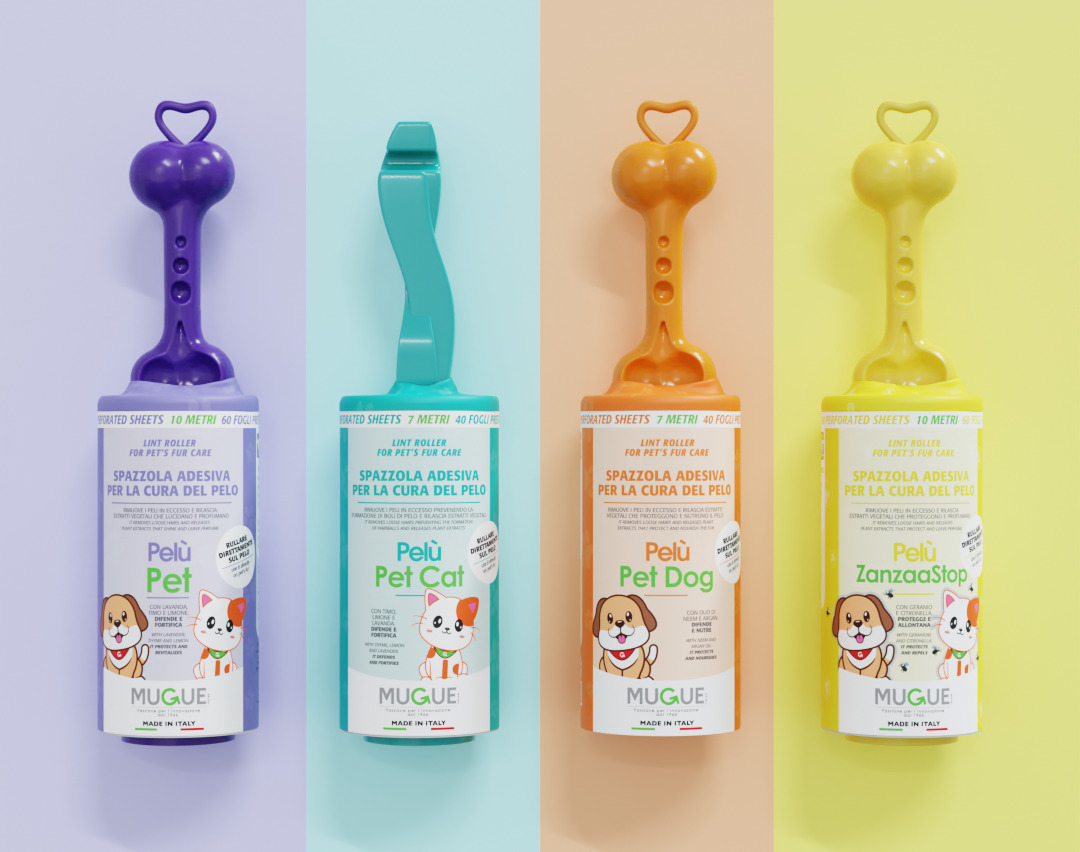
Brushing the dog’s hair is important for several reasons.
First of all, it prevents knots. Since dogs typically live indoors, they shed more quickly thanks to the heating (which regulates the temperature more evenly). The lost hair, however, tends to become ruffled: if it is not brushed out regularly, it becomes entwined with the hair anchored to the skin. The result? Every time the dog moves, the skin pulls and causes pain.
Brushing also promotes blood circulation. In addition to aerating the coat and helping healthy growth, brushing allows the skin to breathe and stimulates its natural oils.
Finally, grease and dry skin can accumulate in their fur if dogs are not combed regularly. This, in turn, can clog pores and cause even painful sebaceous cysts.
That is why following a regular grooming routine is important to maintain your dog’s health and general well-being.
There are different ways and different tools to brush the dog properly, and they should be chosen according to the type of hair: from the more traditional brushes, to more innovative ones such as Mugue’s adhesive brushes.
Why use a lint roller to brush your dog
Mugue offers a range of innovative lint rollers to brush the dog, to be rolled directly onto the coat: a cuddle, a beauty treatment, and a caring gesture for your four-legged friend.
One is spoilt for choice:
- Pelù Pet Dog is an adhesive hair remover brush that can be used directly on the dog’s coat. Enriched with Neem oil, which has been used for centuries for its antiseptic and antifungal properties, with Argan oil and lavender essential oil, it removes already detached hair, cleans and polishes the dog’s coat, and distributes a mixture of plant extracts that contribute to the maintenance of healthy hair;
- Pelù ZanzaaStop, in addition to brushing the coat, releases a mix of plant extracts, including geranium and citronella, which have a protective action against mosquitoes;
- Pelù Mini Pet is the pocket-sized solution for brushing your dog at all times. Practical to keep in your bag, it dispenses essential vegetable oils that are pleasant to smell and keep the coat healthy.
- Pelù Pet removes already detached hair, cleans and shines the coat, and distributes a mixture of plant extracts that are pleasant to smell and promote the maintenance of a healthy coat.
How to brush your dog using traditional methods
How to brush the dog depends essentially on the breed and, consequently, its hair type; let us look at the most commonly used methods:
- the antistatic glove is suitable for daily brushing of short and shorthaired dogs;
- if the dog has semi-long hair, it is advisable to use a weekly carder and comb, in the direction of the hair (during shedding, baths can help the animal to shed, and thus facilitate the shedding of dead hair);
- A carder and comb in the direction of the hair are also suitable for short, fringed coats;
- if the hair is coarse, a stripping comb must be used periodically to achieve the effect of a hand shearing to remove excess hair;
- if the hair is long, the pin-brush (27 mm, oval-shaped wire brush) must be combined with special precautions depending on the breed;
- if the hair is curly, it should be trimmed once a week with scissors, brush and comb;
- if the hair is corded, do not touch it but wash it regularly, removing any knots with your fingers.
But how to do this? From a practical point of view, to brush the dog, you have to start with the head and then continue along the body, legs and tail, following the direction of the hair. When is the best moment to do it? After a bath, but wait a few minutes: wet hair can irritate the animal as it causes friction.
How often to brush the dog’s coat
Brushing the dog’s hair is something that should be done daily. However, if there is not enough time, the advice is to do it at least once a week.
During the moulting period, the dog should be brushed more often. Long-haired dogs should also be brushed twice a day with a carder. Shorthaired dogs can be brushed a couple of times a week, preferably with a combination of three tools:
- the trimmer to remove dead undercoat;
- the rubber brush for removing primary hair and tidying up the hair;
- the bristle brush to remove the last hairs and dust residues.
When does the moult occur? Typically, in spring and autumn.

Mugue Marketing Manager.
I love new ideas and continually looking for new communication strategies to never stop learning, after all, “If you’re a good marketing person, you have to be a little crazy.” (Jim Metcalf).

